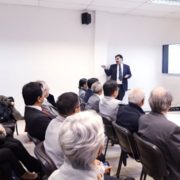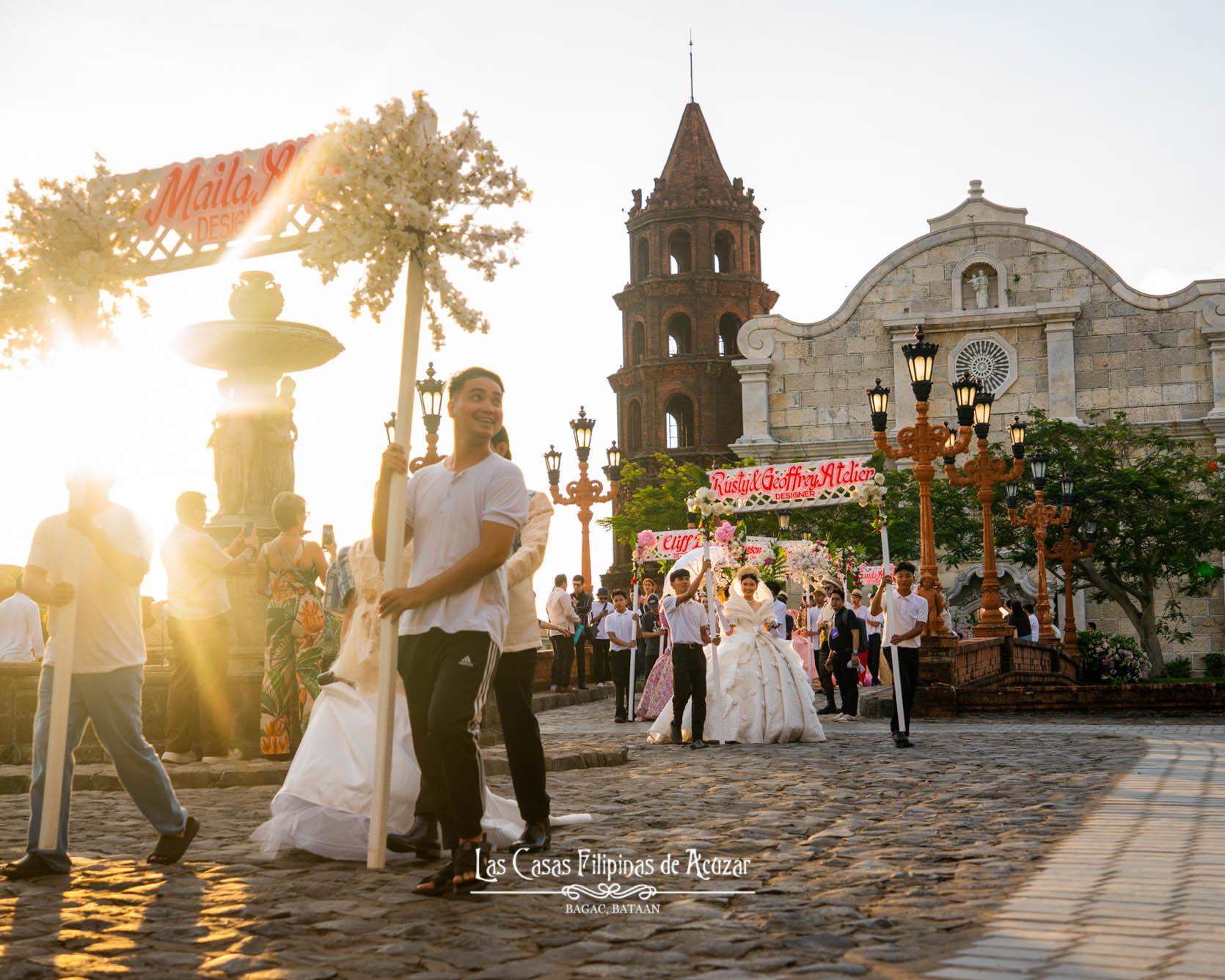
Buenos Aires, Argentina — The Philippine Embassy in Buenos Aires and the Faculty of Philosophy, Letters, and Oriental Studies of the Jesuit-run Universidad del Salvador (USal) in Lavalle, Buenos Aires jointly organized a lecture entitled, “Argentina and the Philippines: A Study of Enduring Relations” on June 18, 2019 at the said faculty.
The lecture was conducted by Dr. Ezequiel Ramoneda, an Argentine professor specializing in Southeast Asia who is currently conducting a study on the historical connection between the Philippines and Argentina to be published later this year.
Dr. Ramoneda said, “My study showed that the relations between the Philippines and Argentina have been going on for more than 300 years manifested by the movement of people between the two former Spanish possessions and the role played by non-government entities such as the Catholic Church and the trading houses in sustaining continuous linkage through the centuries.

The professor detailed the long and surprising presence of Filipinos in Argentina. Two consecutive censuses conducted by Argentine authorities in the 19th century showed that a number of people identified themselves as from the Philippines.
Dr. Ramoneda said, “There were no formal state-to-state relations yet at that time, but there were extensive cultural and commercial linkages between the Philippines and Argentina.”
According to Dr. Ramoneda’s study, the first recorded Filipino in Argentina was the sculptor Esteban Sampzon, whose religious sculptures are seen in some of the big churches in the country. Samzon mostly likely arrived by way of Mexico via the Manila-Acapulco galleons. In the old colonial legal documents, Mr. Sampson was known as “Indio de la China” because of Asia was associated with China.
Argentina was part of the Viceroyalty of Peru, while the Philippine Islands formed part of the Viceroyalty of New Spain (present day Mexico). While the commercial connection between Manila and Acapulco (Mexico) has been widely disseminated, there existed another branch of the trade, albeit an illegal one, that connected Acapulco with Callao in Peru.
From there, goods from Asia were brought inland to Potosi (present day Bolivia) and Cordoba and Buenos Aires in Argentina.

According to Dr. Ramoneda, the most renowned Filipino immigrant in Argentina during that time was Felix Pardo de Tavera, a contemporary of Dr. Jose Rizal during the Propaganda Movement. Mr. Pardo de Tavera became a distinguished sculptor in Argentina, whose bust of Argentine liberator General Jose de San Martin is displayed in Casa Rosada (the presidential palace). He later founded Buenos Aires’ Museo de Artes Decorativo.
The Argentine professor’s study also discovered surprising ties that bind the Argentine liberator General San Martin, to the Philippines. One of the liberator’s brothers, Juan Fermin Rafael de San Martin, was assigned to the Philippines as a young man, where he became a sergeant and later colonel of a regiment of the Luzon Hussars. Colonel Juan Fermin died in Manila in 1822, but left three sons whose descendants continue to live in the Philippines until today.
Another San Martin relative, Bernabe Escalada, arrived in the Philippines in 1807 to become the archivist of Real Hacienda de Filipinas, He became the colony’s minister treasurer in 1821, one of the colony’s most powerful positions. Mr. Escalada was General San Martin’s brother-in-law.
In 1950, then Argentine President Juan Peron donated a bust of General San Martin to the Philippines, in commemoration of the 100th anniversary death anniversary of the Argentine liberator, which is now prominently displayed in Bonifacio Drive in Intramuros, Manila.
The lecture was attended by members of the diplomatic corps, academicians, journalists, and members of the Filipino community in Argentina.
—
For more information, visit http://buenosairespe.dfa.gov.ph or
https://www.facebook.com/PHinArgentina.






